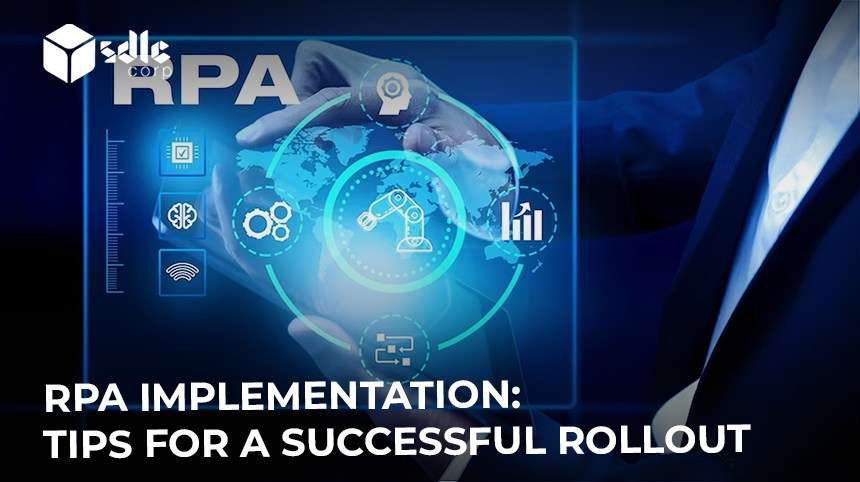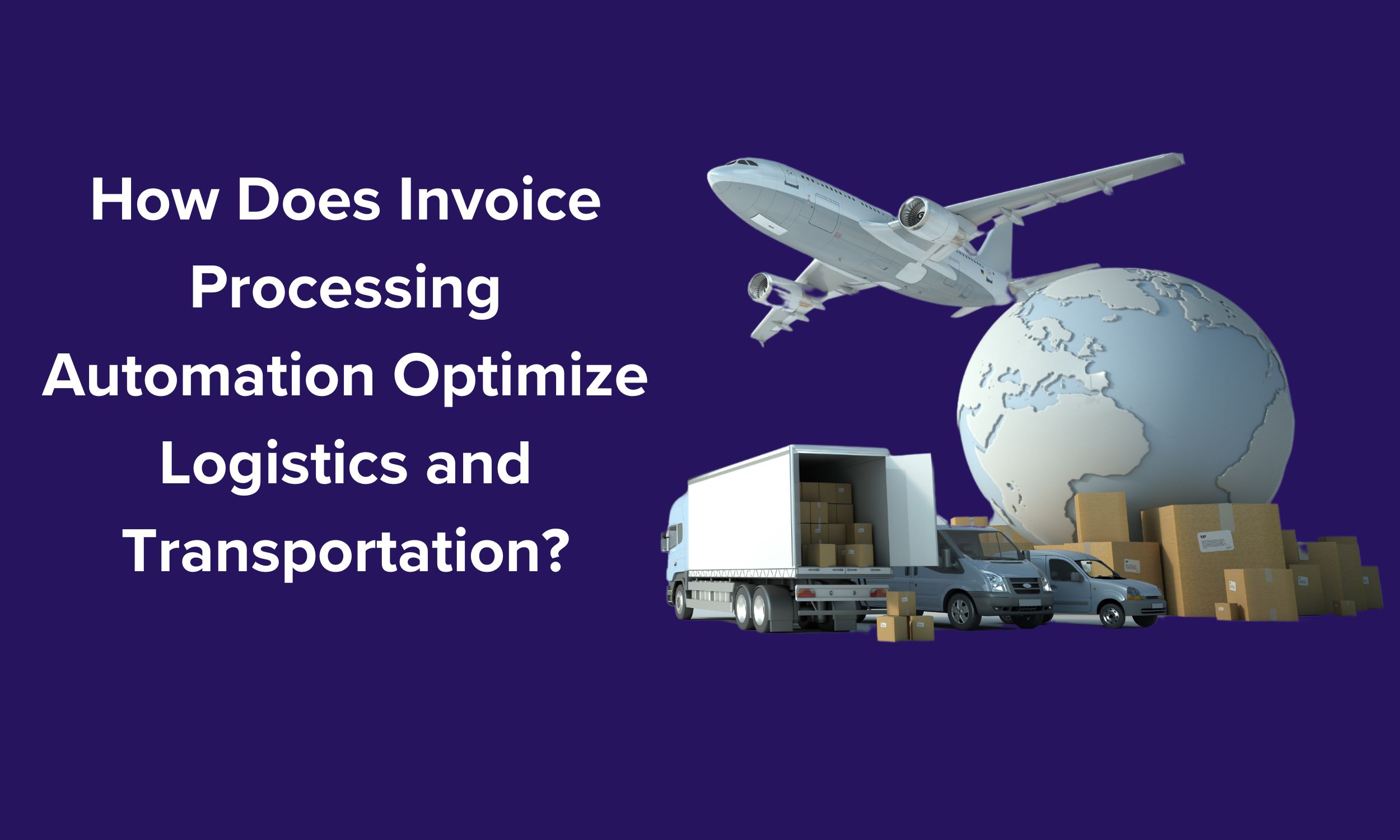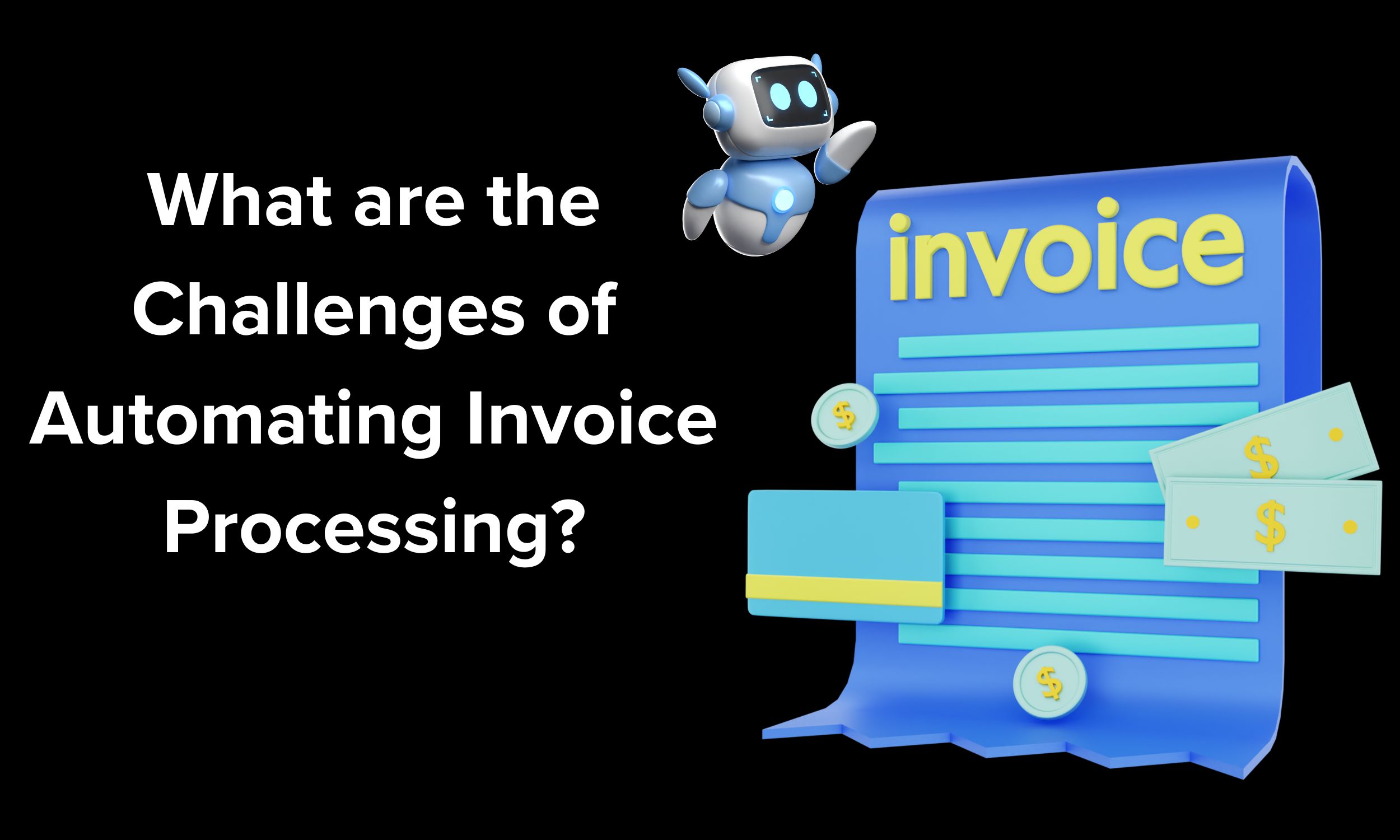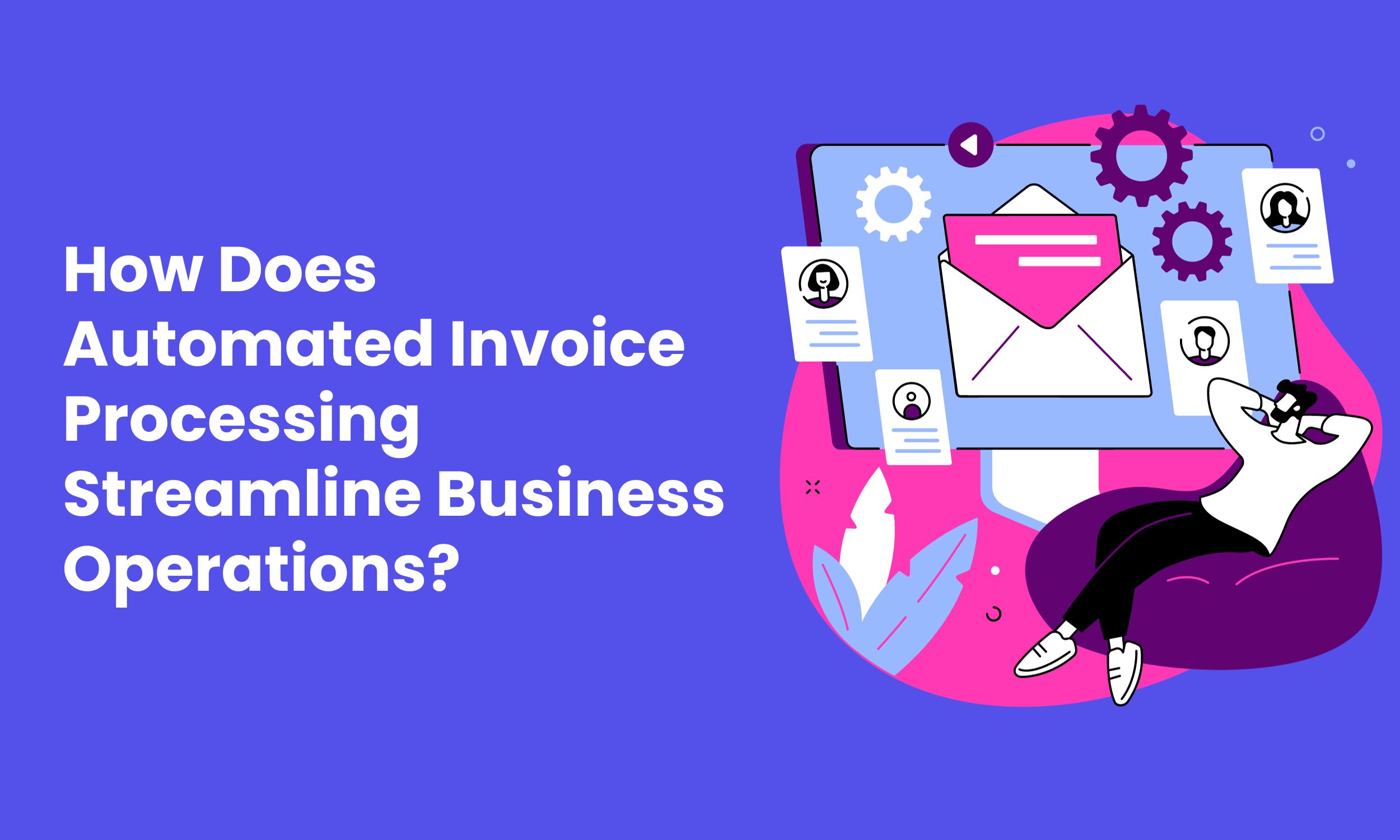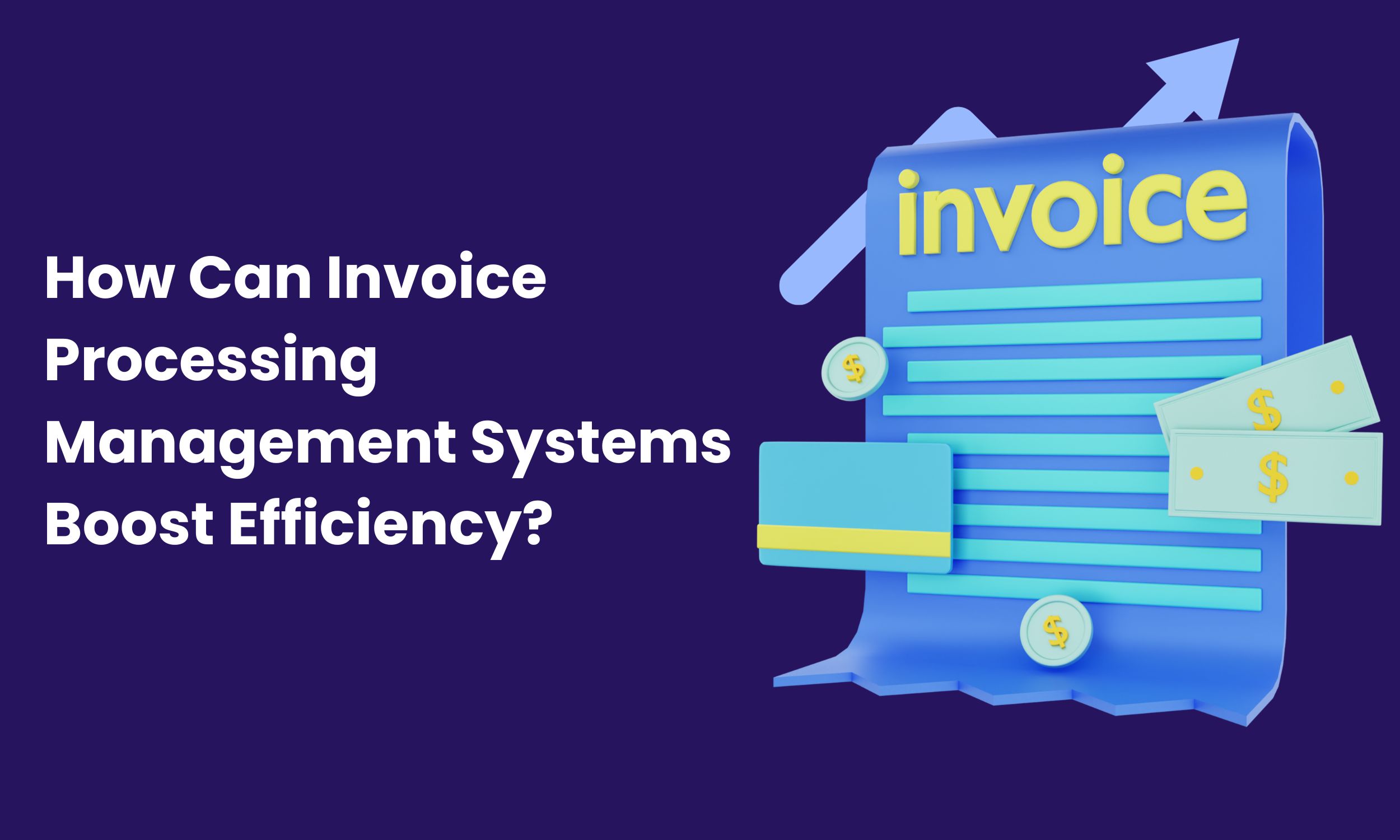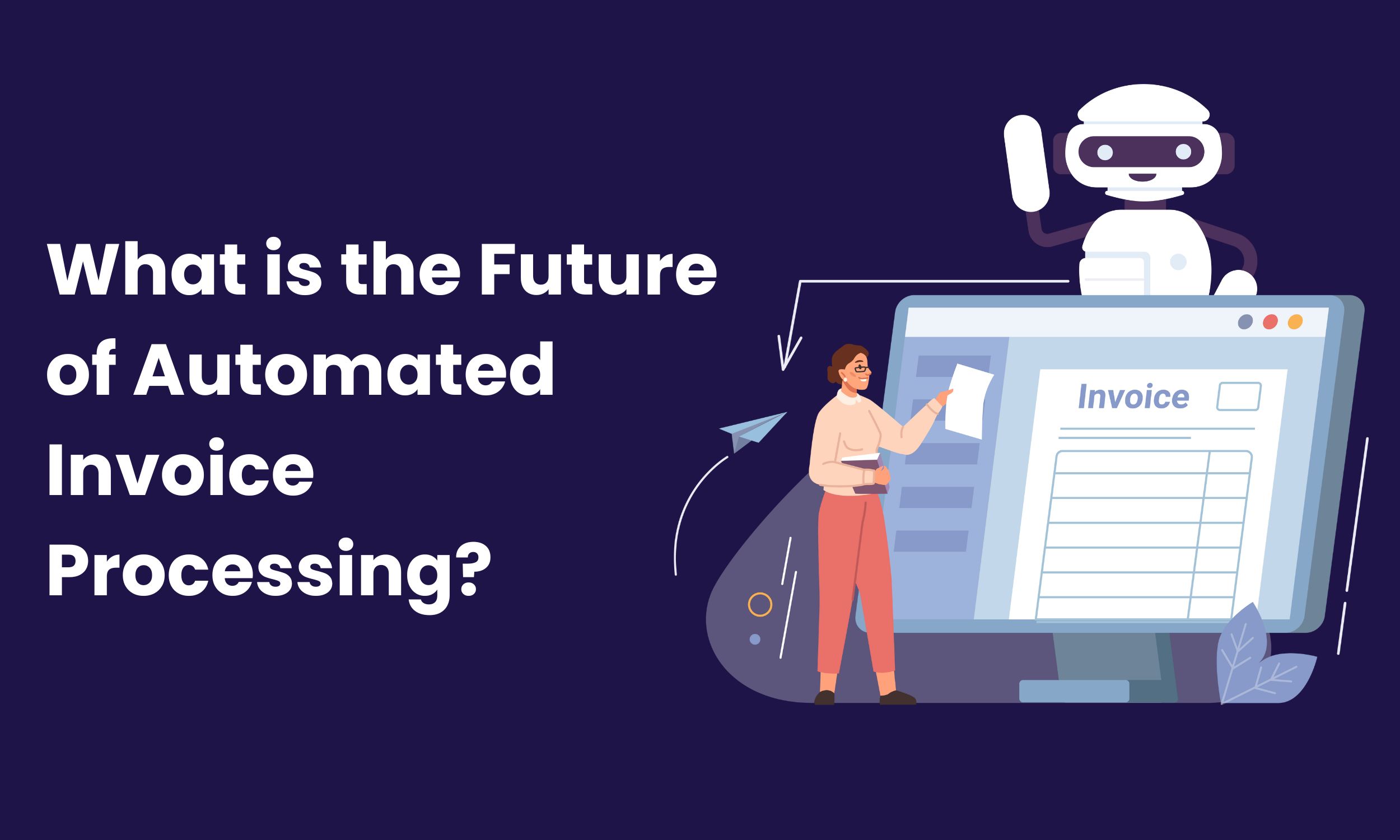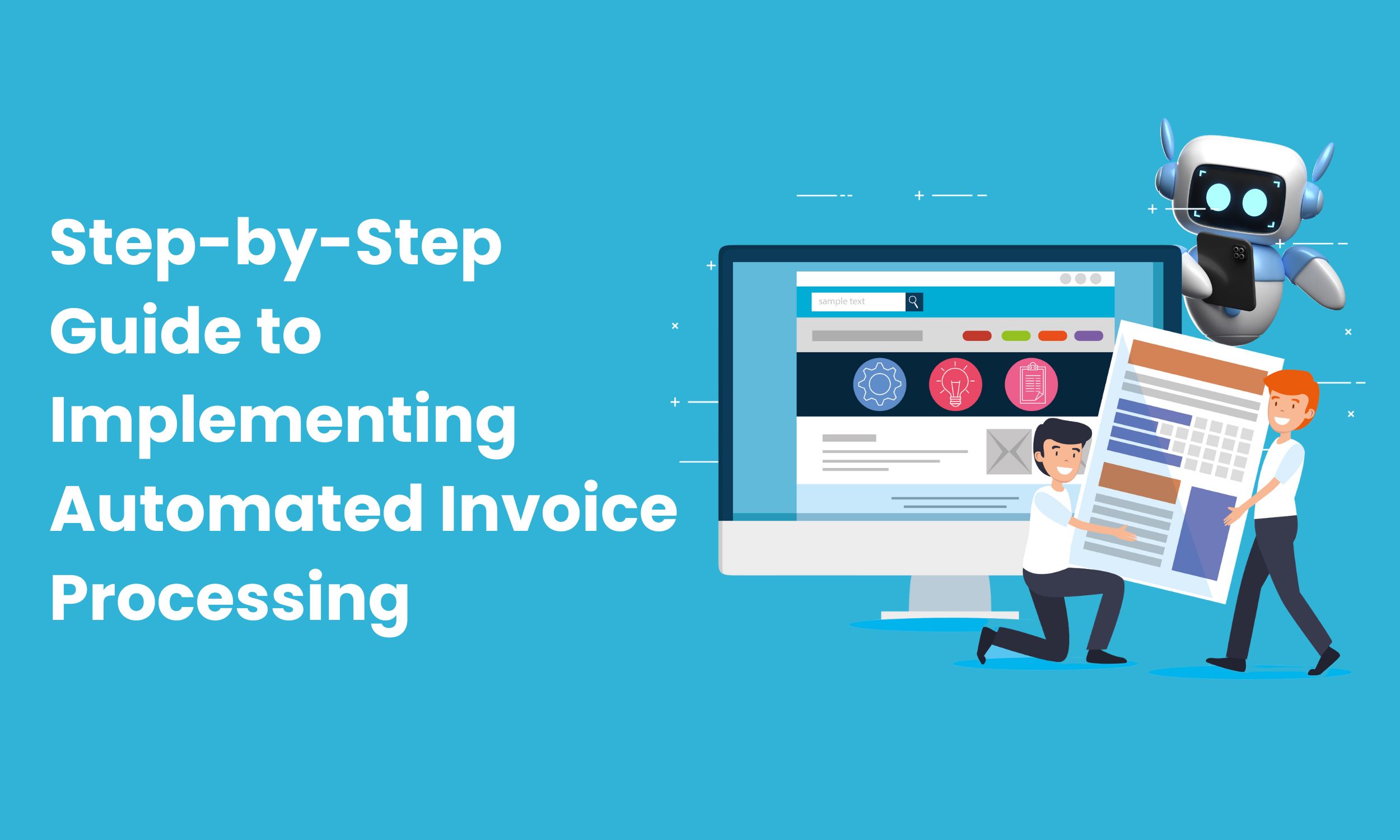RPA Implementation : tips for a successful rollout
RPA Implementation: By reducing the time spent on tedious, repetitive tasks, robotic process automation (RPA), a robust digital transformation tool, helps businesses increase the productivity of both their employees and their business.
Organizations can use RPA bots in various business areas or sectors by taking proper steps to implement a clever strategy (Understanding RPA and its Various Industry Applications). A strategy for implementing the RPA deployment process enables businesses and enterprises to complete the project. This article will discuss some tips for a successful RPA rollout.
Here are ten tips from our experts for implementing RPA and undergoing a digital transformation in your business.
RPA Implementation Tips
1. Identify Specific RPA Goals
Leadership should outline the process’s primary objective and success criteria before beginning an RPA deployment project. Document and communicate the main goals and milestones, clearly understand the technical and commercial benefits and ensure all stakeholders are on the same page.
The project’s stakeholders begin making significant contributions as soon as the project’s purpose, steps, and quantifiable results are clear.
2. Examine and Rank Business Procedures
The processes that need to be automated are primarily responsible for the success of RPA implementation. For this reason, it will be advantageous for your business to analyze the processes and prioritize the lengthy and heavily repetitive ones.
Furthermore, during the initial RPA implementation phase, it makes sense to postpone more complicated procedures.
Launch Success: Implement RPA with Our Proven Tips!

3. Inform Your Stakeholders of RPA Implementation Steps
To ensure that each step of RPA adoption in your company is completed thoroughly, you should establish regular communication with your team. By involving your human resources team early on to identify everyone the project’s conclusion will impact, you can increase your confidence level.
In addition, you can decrease errors and mistakes when your staff is aware of the stages and anticipated outcomes of the robotic process automation (RPA) implementation. Most importantly, you will win over everyone in your organization and earn their trust.
As a result, you won’t encounter any resistance, and the processes will go smoothly, saving you time and money.
4. Examine the RPA Procedure
Testing your robotic process automation (RPA) tool is essential to reduce unexpected bugs and downtime. The team must thoroughly test every significant scenario before launching the pilot.
Remember that more realistic tests are made possible by using historical data. As a result, it is advised to stick to a tried-and-true automation testing strategy and check performance for any bugs or potential scenarios after the process is complete.After thorough testing, you can report potential performance problems and bugs to the development team.
5. Run a Pilot
For more information, visit the website. After that, you can conduct a daily live pilot with the team reviewing the procedure, leading to a thorough analysis of the robotic process automation (RPA) solution. The pilot ends when we reach the goals.
Explore our other insights!

RPA vs. AI: Understanding the Differences and Similarities
RPA vs. AI: Understanding the Differences and Similarities RPA vs. AI Difference: In today’s rapidly evolving technological landscape,

Understanding RPA and its Various Industry Applications
Understanding RPA and its various industry applications RPA Industry Applications: Robotic Process Automation (RPA) is an innovative technology

RPA and HR: Automating Recruitment and other HR Tasks
RPA and HR : Automating Recruitment and other HR Tasks Robotic Process Automation (RPA) has changed the game
6. Go Live
After the initial trials and pilots are finished, you can verify the results, and the development teams correct any mistakes. You can implement the complete robotic process automation (RPA) solution now.
Drive Results: Ensure RPA Success with Our Expert Tips!

7. Create a Backup Strategy
If we need to modify the RPA tool after launching the project, having a backup plan will help. Even though such a plan isn’t necessary most of the time, it may be helpful if automation fails.
8. Monitor and Improve
When you expand your robotic process automation, there are many other opportunities to comprehend the valuable and unnecessary tools for your business. As a result, it is essential to measure, examine, and make adjustments carefully.
After a successful RPA implementation, monitoring the key performance indicators that show how the new RPA system is doing is essential. For example, it would help if you watched, evaluated, and recorded RPA bot performance to achieve business objectives.
In addition, working together with the RPA development team to enhance functionalities would be beneficial.
9. Create a Plan B
Even with a thorough plan and careful implementation, there may still be problems with RPA because it is a continuous process.
As a result, you must have a backup plan in case something goes wrong. If the RPA process fails, having a backup plan will help you avoid downtime and restore your systems to normal with human assistance.
10. Keep the RPA Installation up to date
With time, as the market and regulations change and advance, you will need to adapt your processes accordingly. It will help if you put a competent team in charge of your robotic process automation (RPA) installation to ensure its continued success.
You can use process mining tools to assist the team in charge of RPA deployments in tracking process changes. This will make it simple and quick for your team to determine when RPA bots need to be updated or maintained.
Let's look at Some Stats and Analytics Related to RPA Implementation
1. Grand View Research’s report states that the global market size for RPA was valued at $1.89 billion in 2020, and it is forecast to reach $25.56 billion by 2028, exhibiting a compound annual growth rate (CAGR) of 35.2% between 2021 and 2028.
2. A survey conducted by Deloitte found that 53% of organizations have already started their RPA journey, and 72% plan to increase their investment in RPA in the next two years.
3. According to a study by UiPath, RPA adoption can lead to a 98% reduction in processing time, a 100% reduction in errors, and a 90% reduction in costs.
4. A report by McKinsey & Company found that organizations can achieve a cost reduction of up to 75% by automating processes with RPA.
5. Another study by Deloitte found that RPA can result in a return on investment (ROI) of between 30% and 200% within the first year of implementation, depending on the complexity of the automated processes.
Conclusion
RPA implementation can be complex, but with the right approach, it can be successful. You can make sure your RPA rollout goes well by setting clear goals and objectives, choosing the right processes, building a solid team, doing a thorough analysis, starting small, involving stakeholders, and monitoring and optimizing.

FAQs
1. What is RPA implementation, and why is it important?
RPA implementation introduces and integrates robotic process automation (RPA) into an organization’s existing systems and processes. RPA can help automate repetitive and mundane tasks, saving time and increasing efficiency. It can also reduce errors and improve accuracy. As a result, RPA implementation is necessary to help organizations achieve their business goals and stay competitive.
2. What are some best practices for RPA implementation?
Some best practices for RPA implementation include defining clear goals and objectives, involving all stakeholders in the process, identifying the right strategies to automate, selecting the right RPA tools, testing and validating the automation, and providing training and support to employees.
3. How can we identify which processes to automate with RPA?
To identify which processes to automate with RPA, it is essential to look for repetitive, rule-based processes that require minimal human intervention. These could include data entry, invoice processing, and customer service inquiries.
4. How can we ensure the success of RPA implementation?
For a successful implementation of Robotic Process Automation (RPA), it is crucial to have a comprehensive comprehension of the organization’s aims and objectives. All stakeholders should be engaged in the process, and the appropriate RPA tools must be chosen. The automation should be thoroughly tested and verified, and employees should receive adequate training and support. Additionally, the automation must be continuously monitored and refined to ensure optimal performance.
5. How long does it take to implement RPA?
How long it takes to set up RPA depends on how complicated the automated processes are and how big the company is. Generally, it can take a few weeks to several months to implement RPA.




